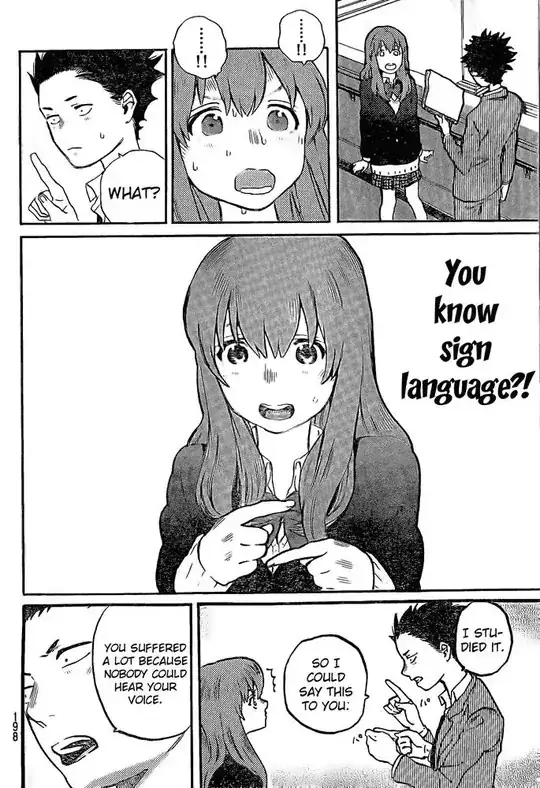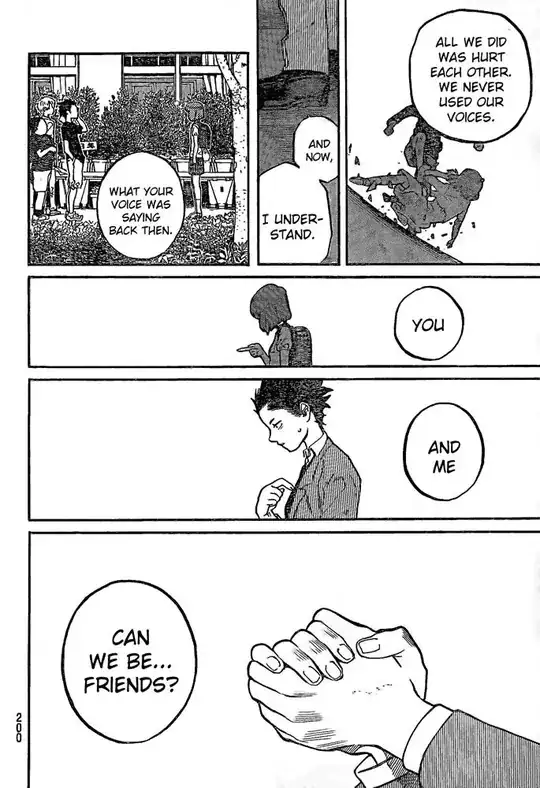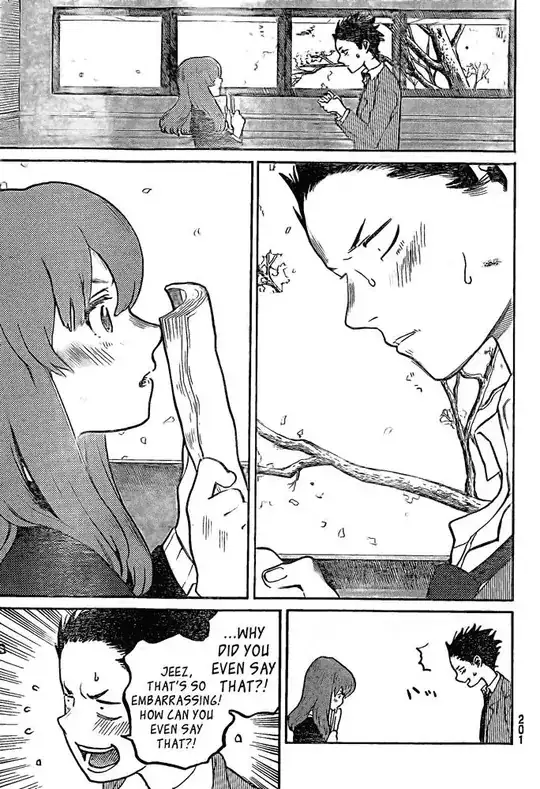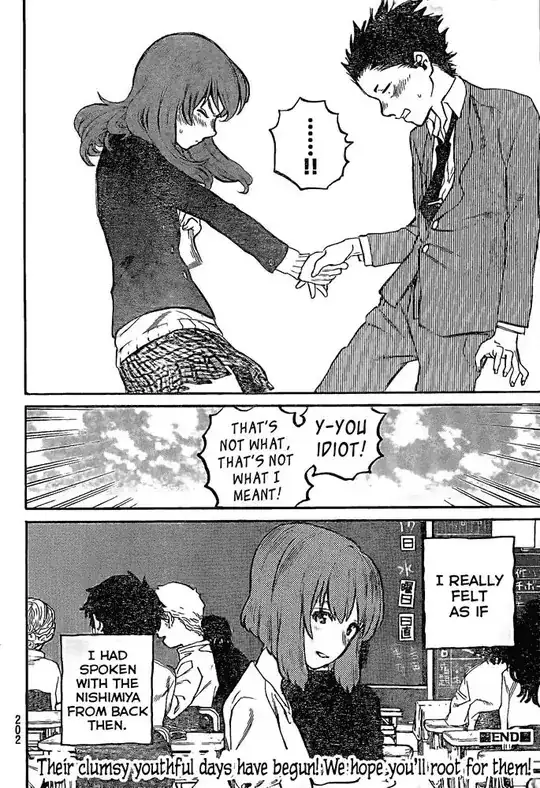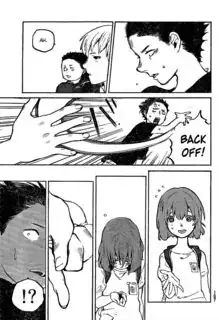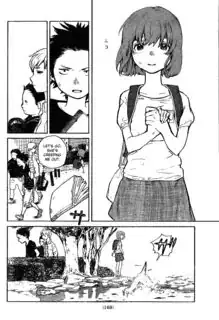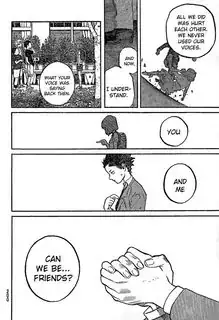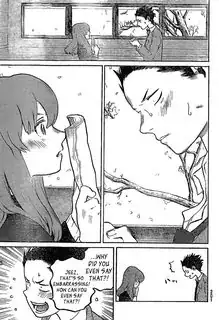I read through all the answers, and while a lot of them are good, I think they're kind of failing to get to the main point here, which is to interpret and explain this scene.
Shoya does the signs for asking to be friends, but he's only doing it in the context of asking about when Shoko did the same signs as kids. We see this because immediately after doing the signs, Shoya asks how Shoko could say that back then, and that it's embarrassing. Thus, when Shoko answers with an affirmative "Yes, I will be friends with you." Shoya replies with "That's not what I meant." Shoko has misinterpreted Shoya's signs as him asking her to be friends, and Shoya gets embarrassed as a result.
Another way to interpret it might be that Shoya asks Shoko to be friends, but immediately gets embarrassed and reneges on it, and makes excuses that he's just asking about back then. And when Shoko agrees, he's still embarrassed, so he continues with his reinterpretation.
This second interpretation is actually exactly how things go in the main story's version of this event in Chapter 6.
Nishimiya... Could you... and me.. be friends?
(Oh crap!! I went too far!! I was planning to apologize and disappear! Why'd I bring "friends" into this?!)
I mean, that's what you were saying back then, right?! I can't believe you said something so embarrassing with a straight face!!
After Shoya says all this, Shoko grabs his hand as in the other version. Shoya does not say the "That's not what I meant!" line, but instead just looks surprised in silence.
The theme of A Silent Voice, as stated by the author, is miscommunication, so it makes sense that even after Shoya learns sign language, there would still be hiccups like this.
